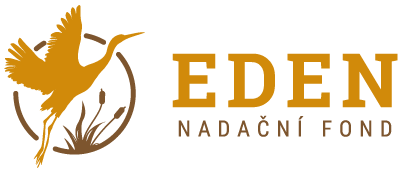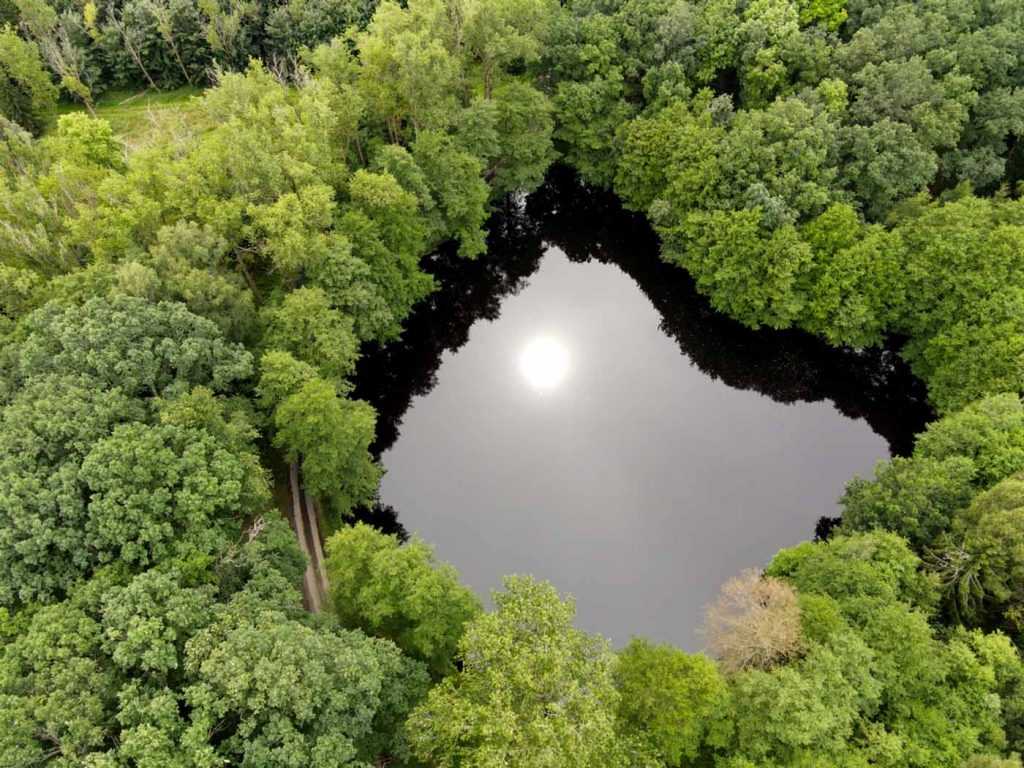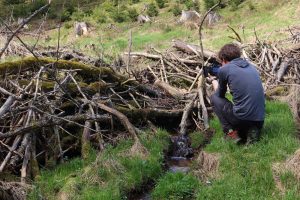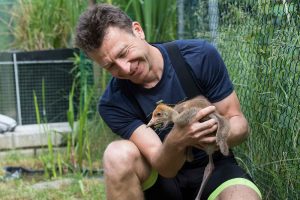Our endowment fund builds on a long history of activities used to protect natural habitats, especially wetland sites. We have already informed our supporters about this several times on our website.
Long-term projects thus ran in parallel with the establishment of NF Eden and although they are not formally under the administration of the NF, the people around the projects are the same. For several years, we tried unsuccessfully to acquire under the control or directly ownership of a small forest pond in the village of Černošín. Historically, we have recorded herpeto and batrachofauna in the last 45 years.
It was a unique location with a long-term occurrence of 5 species of frogs (brown jumper, slender jumper and jumpers from the group of green jumper (Rana cl. esculenta), as well as common toad and garlic feas, 3 species of canoes (common canoe, mountain canoe and more rarely large dog). There was another species of frog in the vicinity (yellow-bellied couscous).
In pre-revolutionary times, the pond was not managed in any way, it was fished sporadically (common sun, common lump and karas, later a population of pike was formed), the flood water was inoperable. The fish were scarce and the pond was mainly populated by amphibians. After 1989, economic interventions, reconstruction of the floodgates and subsequently lease to private entities began. Everything was almost ideal, the fish crew was kept to a bearable level. However, over the last decade there has been a disproportionate increase in the fish population of carp, a number of other species including amurs, jesuits in xantoric form, even a large catfish has been planted. There were a lot of fish on the pond with an area of less than 1ha and a maximum depth of 1.50m, and so most of life was lost.
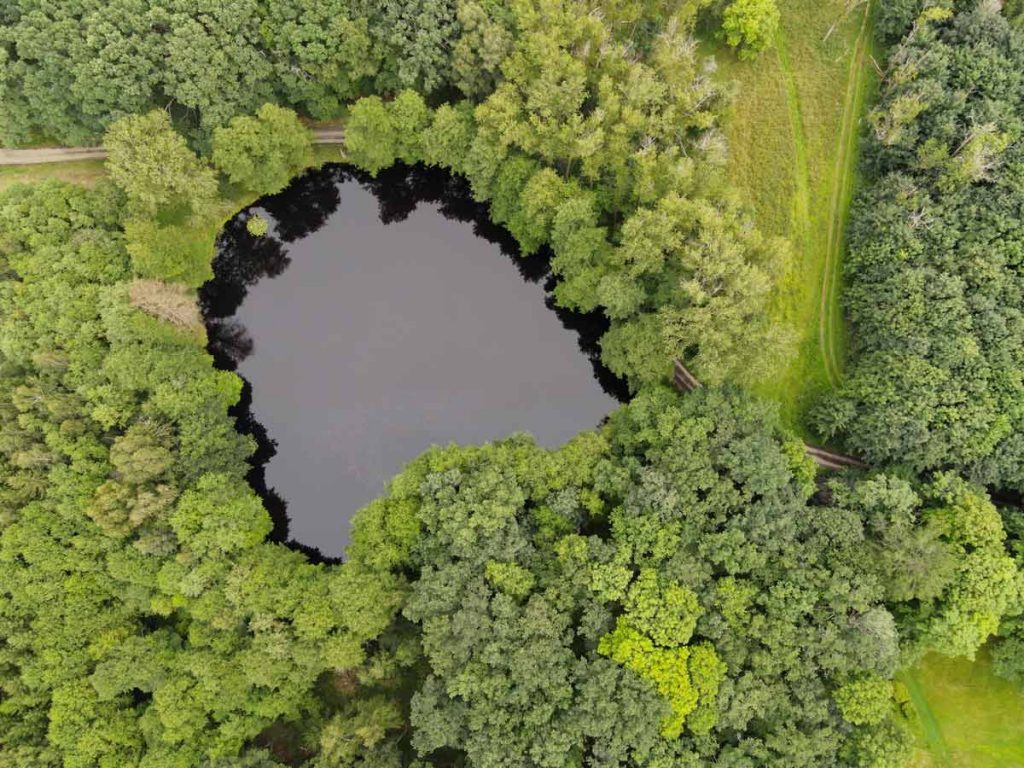
High-altitude shot of the pond. Historically, the water has always been acidic, stained with tannins from alder leaves to brown, but completely clear. Today's cloudied is caused by fish activity.
Photo Karel Makoň
Numerous spring fish deaths have testified to poor conditions in the water (thanks to mortality, we have an overview of what was thoughtlessly released into the water). Finally, we managed to enter the tender and rent the pond from the Forests of the Czech Republic. Our plan is simple. In the autumn, drain the pond and fish out all the fish population. We will remove the rusty iron wires installed underwater, which were most likely used to prevent illegal fishing. We will re-plant the common sun, karase and let the water reservoir rest. We believe that the amphibian population will recover within a few years.
Fortunately, we have very good cooperation with water managers of the Forests of the Czech Republic, so we can use expert advice and carry out the entire management of the site in accordance with the ideas of the owner. Unfortunately, the pond was textbookally poorly debased in the 1990s, but the remedy would be very costly, but even this is a point to think about.
